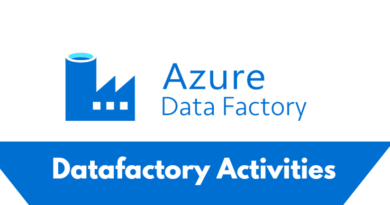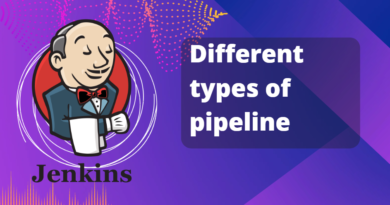Puppet Configuration Management: A Comprehensive Guide for DevOps Engineers
Puppet is an open-source tool that uses a declarative language to describe the desired state of a system. Puppet manages the system state by enforcing a configuration that is defined in Puppet manifests. Puppet has a strong focus on infrastructure as code, and its language allows for complex configurations that can be versioned and tested like any other code.
Ansible, on the other hand, is an agentless tool that uses a simple, YAML-based language for defining playbooks and tasks. Ansible manages the system state by executing tasks on a set of remote hosts, and does not require any software to be installed on the target hosts.
Both tools have their own strengths and weaknesses, and the choice of which tool to use ultimately depends on your specific needs and preferences. Some factors to consider when choosing between Puppet and Ansible include:
- Infrastructure complexity: Puppet is well-suited for managing complex, heterogeneous environments with many nodes and services. Ansible is simpler and easier to learn, making it a good choice for smaller environments or teams new to automation.
- Learning curve: Puppet has a steeper learning curve than Ansible due to its use of a more complex language and its focus on infrastructure as code. Ansible is easier to learn and can be used by teams with little or no prior automation experience.
- Agent-based vs agentless: Puppet requires an agent to be installed on the target nodes, while Ansible is agentless. This can be an important consideration if you have security or compliance requirements that restrict the installation of agents on target hosts.
- Community and ecosystem: Both tools have large and active communities and ecosystems, with many modules and resources available for common use cases. The specific modules and integrations available may differ between the two tools, so it’s important to consider which tool has the resources you need for your use case.
In summary, both Puppet and Ansible are powerful tools for automation and configuration management, and the choice of which tool to use depends on your specific needs and preferences.




